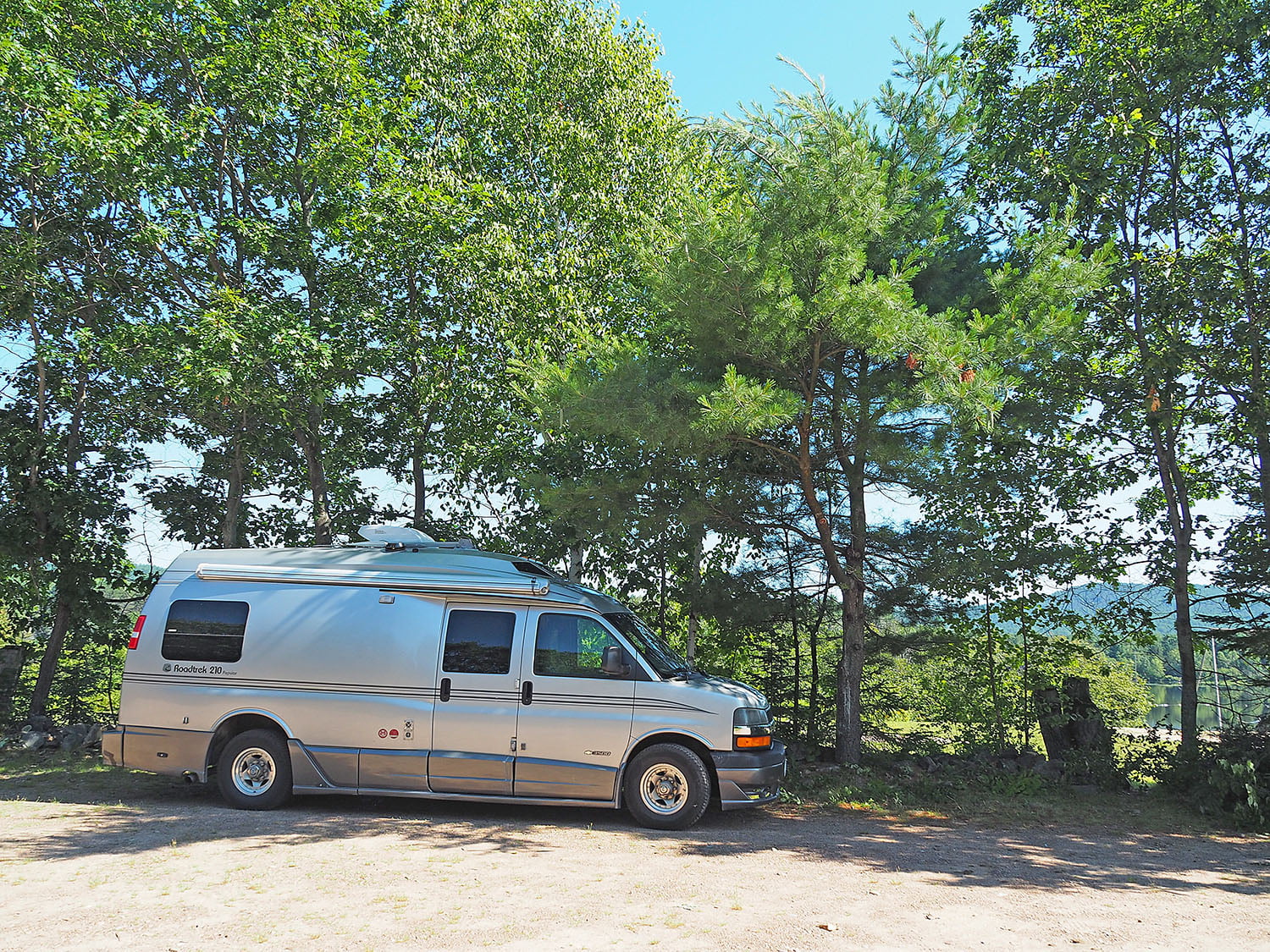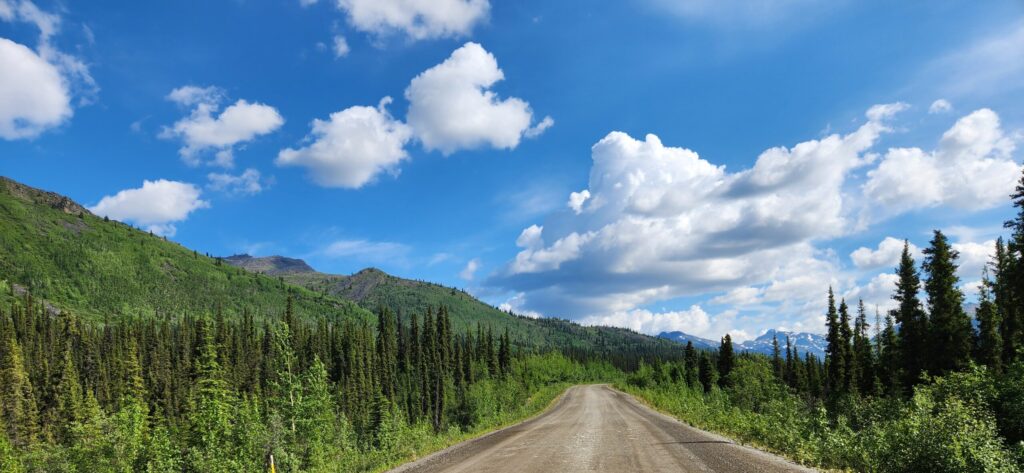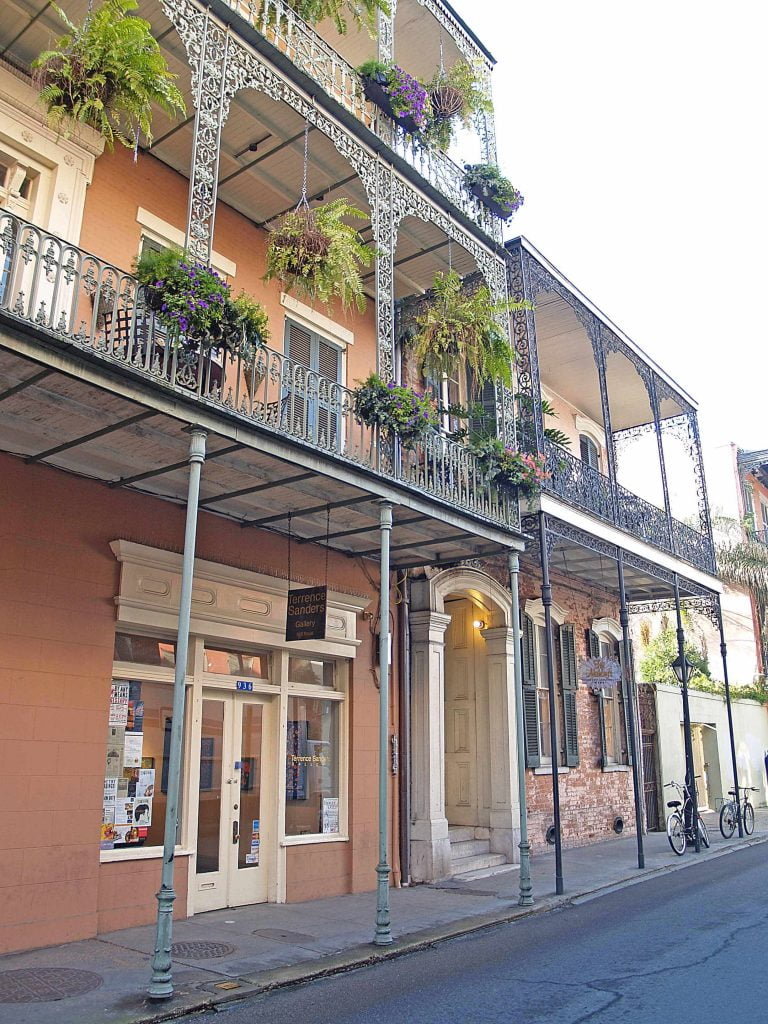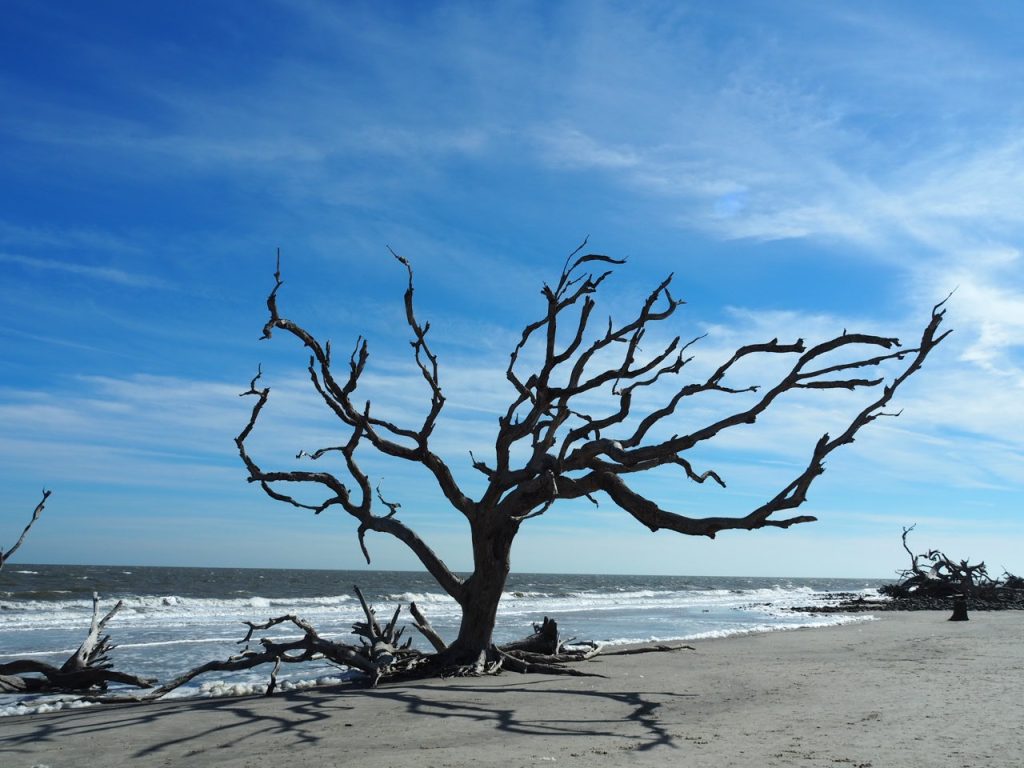Journeying east of North Bay, along the Ottawa Valley, the sparkle of Algonquin Park can sometimes make it feel like the area’s other worthwhile highlights are left in the dust. Take time to stretch out the route and linger at some of the smaller parks and beaches along this less busy and scenic part of Ontario. The roadway curves east of North Bay to Arnprior, and then different routes spur off to the south through the rugged Canadian Shield to the Kingston area. Not only is this a spectacular summertime drive, but in the autumn months, the forests of hardwoods paint the landscape with a palette of bright colours. It’s an RV road trip at the top of our list for summer and fall.
Highway 17—the eastward stretch of the Trans-Canada through Ontario—can be a little like playing “park hopscotch.” For the most part, the roadway hugs the Ottawa River until Arnprior and visiting one park after the other was made possible using our Summer Day Use Ontario Parks permit. The $75 pass is good for one vehicle and its occupants’ daytime entries for April 1 to November 30. We’ve found it invaluable to experience the parks we come across for a quick swim, lazing on the beach, taking a hike, and even topping up the water tank and emptying our RV’s black and grey tanks. Along our travels we mix our overnights up with a combination of boondocking, Harvest Hosts sites, and Ontario Parks campgrounds.
Tip: As an Explorer RV Club member, you can save 20% on your Harvest Hosts membership! If you’re not a member, join the club today!
The magnificent waterway—the Ottawa River—gets a lot of press for its challenging whitewater paddling and for its flow through Canada’s capital city. But there’s much more to its pedigree:
- It marks a large portion of the border between Ontario and Quebec, draining an area twice the size of New Brunswick.
- As the country’s eighth largest river, it’s the primary tributary of the St. Lawrence River.
- It was a key route in the fur trade.
- It was the site of a 19th-century logging boom.
- As traditional territory of the Algonquin people, its historic waters have been a transportation route to the west for Indigenous peoples.
- The river’s sand flats, marshes and forests sustain 300 species of birds, and the area is a key migratory stop for almost half those species.
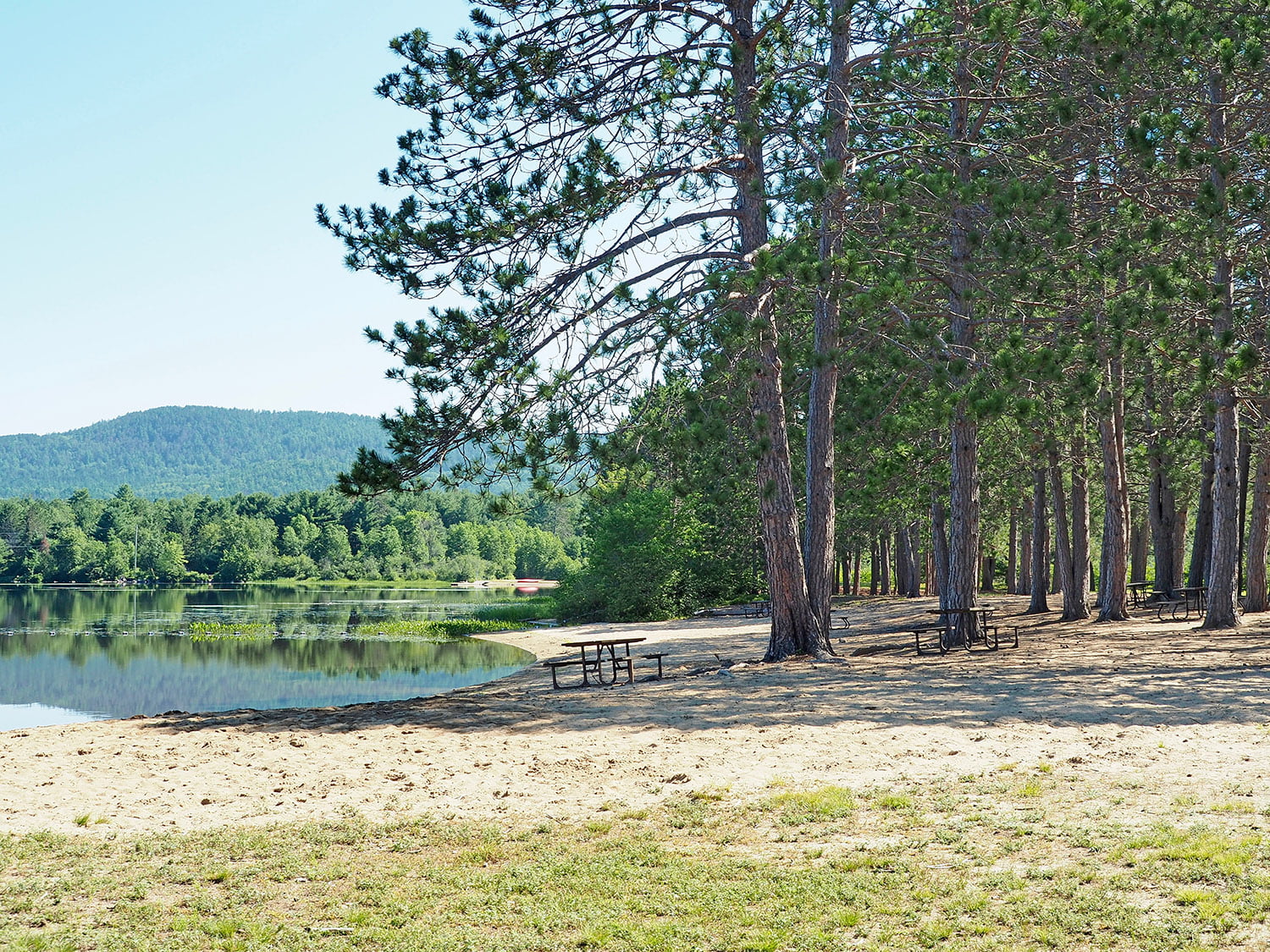
Our first park stop was at the lovely Samuel de Champlain Provincial Park, located just west of the confluence of the Mattawa and Ottawa Rivers. We cooked a leisurely beachside breakfast and hopped in and out of the lake to stay cool on what was shaping up to be a scorcher of a July day. First thing in the morning, we had our own private pool, with the waters all to ourselves. Named after Samuel de Champlain, the French explorer and cartographer who travelled and mapped large parts of New France (Quebec), the Great Lakes, and the Atlantic region in the early 16th century, the park’s two campgrounds have more than 200 sites, about half with electrical hookups. There are comfort stations with laundry facilities, playgrounds, beaches and picnic areas, a Discovery Centre with programming, and canoeing and hiking trails. A popular summertime activity is river tubing along the narrow waterway that runs through the campground between Moore Lake and the Mattawa River.

There are times the flexibility and spontaneity of the RV lifestyle open doors to opportunities that might otherwise be missed. Just outside the town of Deep River, our Harvest Hosts owner let us in on a local secret, the deliciously perfect Pine Point Beach along the Ottawa River, tucked in behind a small subdivision. There were no signs pointing us there, but it was clearly a favourite with families from the area. The kind of spot where you could park in the shade of the pines and spend the day building sandcastles, snoozing in the sun, or spreading out a picnic.
Deep River is known as a centre for nuclear laboratories, but it’s also home to an exhibition at the opposite end of the technology spectrum—The Canadian Clock Museum. As Canada’s only clock museum, the focus is on two centuries of Canadian clocks with a collection of several hundred timepieces dating from the early 1800s to present day. There are many period artifacts to enjoy, including early 20th-century mechanical record players that can play century-old Edison music cylinders and flat 78s records, and a circa-1870 melodeon (a brass reeds organ). The museum’s website also has a virtual tour of the exhibits.
Travelling southeast along Highway 17 is kind of a pick-and-choose adventure. If you want water play, the Ottawa River is right there. Towns like Petawawa showcase stops like the Garrison Petawawa Military Museum, dedicated to the history of Canada’s military heritage. Some interprovincial travel? Just cross the bridge in Pembroke and include a meander through Quebec, La belle province. The Arnprior and District Museum has displays tracing the history of the lumber industry in the Ottawa Valley, the textile industry with its roots in the 1870s, a recreation of a 100-year-old general store, and a history-steeped diorama of railroad stations that show how trains shaped the region. The thirst for growth and expansion fuelled the 19th-century lumber boom and the cutting of approximately three-quarters of the Ottawa Valley’s forests by the 1880s.
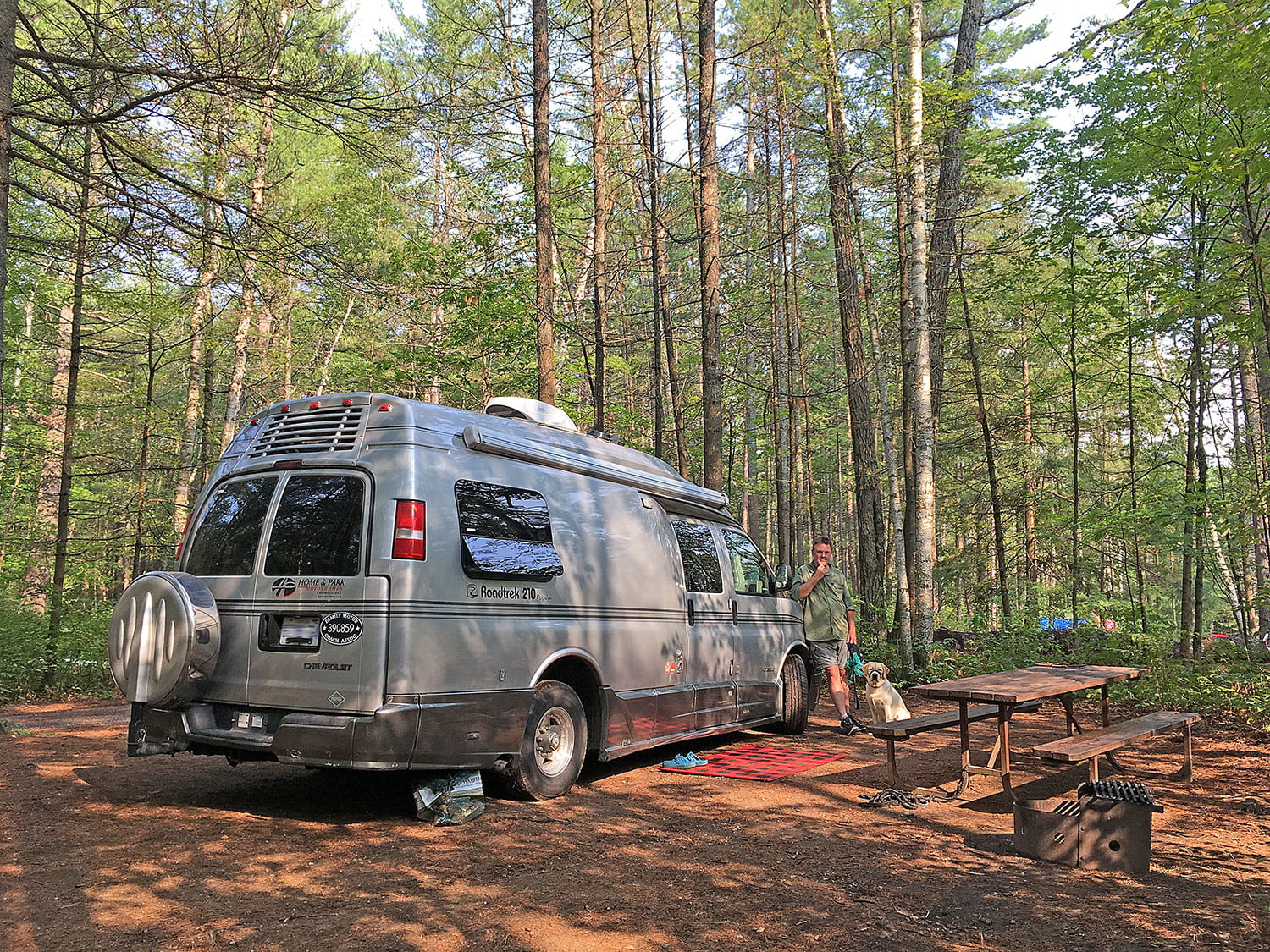
From Pembroke to Arnprior, it becomes a myriad of routes, depending on whether you’d like to head east to explore the big city of Ottawa, or veer southwest into the rocky outcrops and forests of eastern Ontario’s craggy Canadian Shield. There are provincial parks aplenty — Bonnechere, Lake St. Peter, Silver Lake, Sharbot Lake—but we often head for Bon Echo Provincial Park with its soaring Mazinaw Rock and precious Indigenous pictographs.
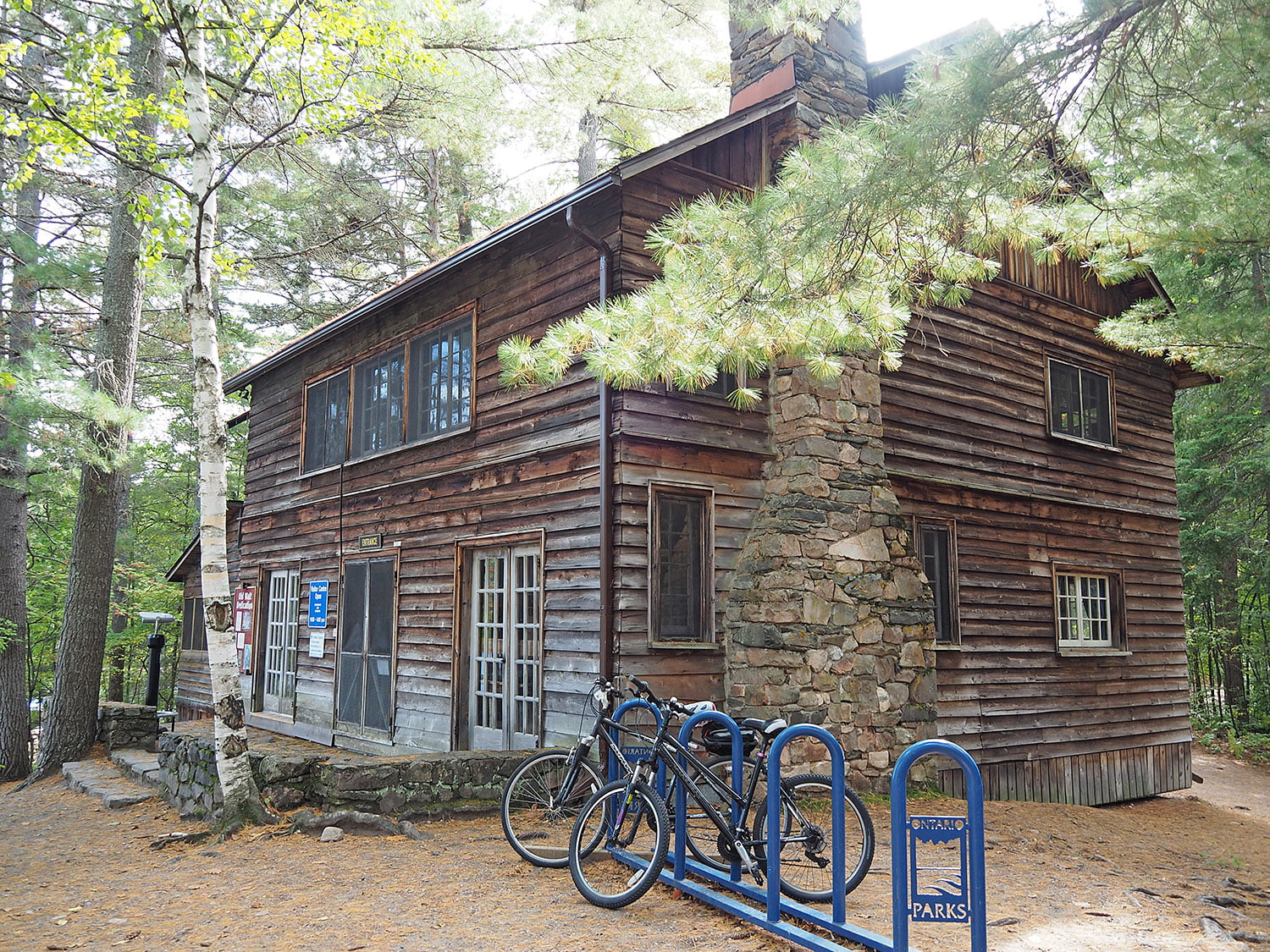
Bon Echo seems to have it all: a large and well-serviced campground, 20,000 acres of diverse ecosystems and a rich human history. The hundreds of red ochre pictographs at Mazinaw Rock—a powerful spot sacred to the Anishinabek and Algonquin communities—preserve one of Canada’s largest visible collections of Indigenous rock art. They can be seen by paddling a canoe, kayak or SUP over (rentals are available at the park). The park normally operates tours by small ferry boats, but they are on hold through the 2022 season. The park’s Discovery Centre is a delight for all ages, with a display of creatures large and small who call this part of Ontario their home.
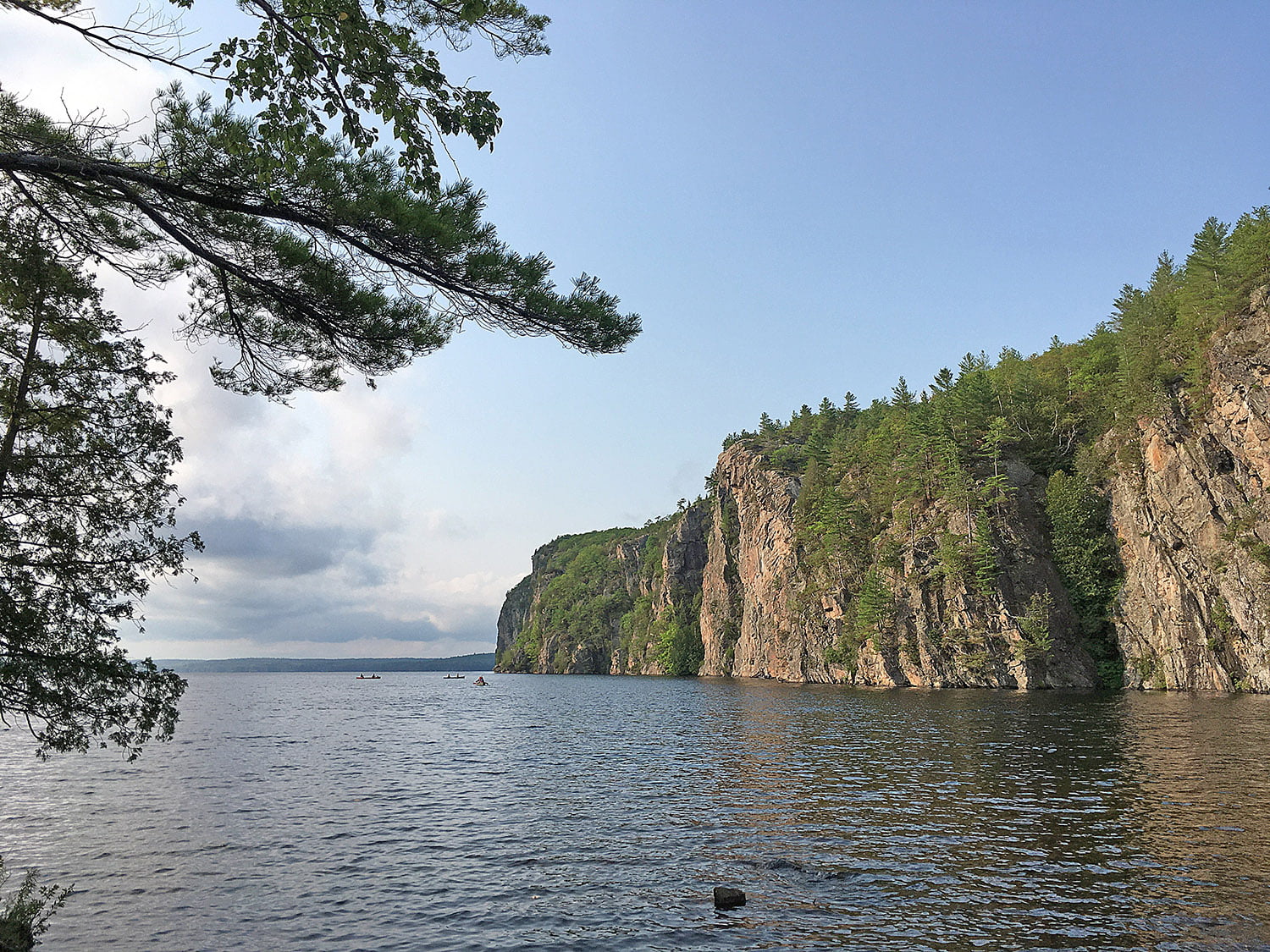
The famous Mazinaw Rock was formed along a fault line where the earth cracked apart, creating the dramatic 100-metre cliff. The lake is one of the deepest in eastern Ontario and the forests of the park are home to some of Canada’s oldest trees. The twisted, tenacious Eastern white cedars that cling to the cliffsides are more than a thousand years old. In the fall the colours of the leaves are dazzling, the park is quieter, and the hiking and paddling are all the better for the backdrop of reds and oranges.
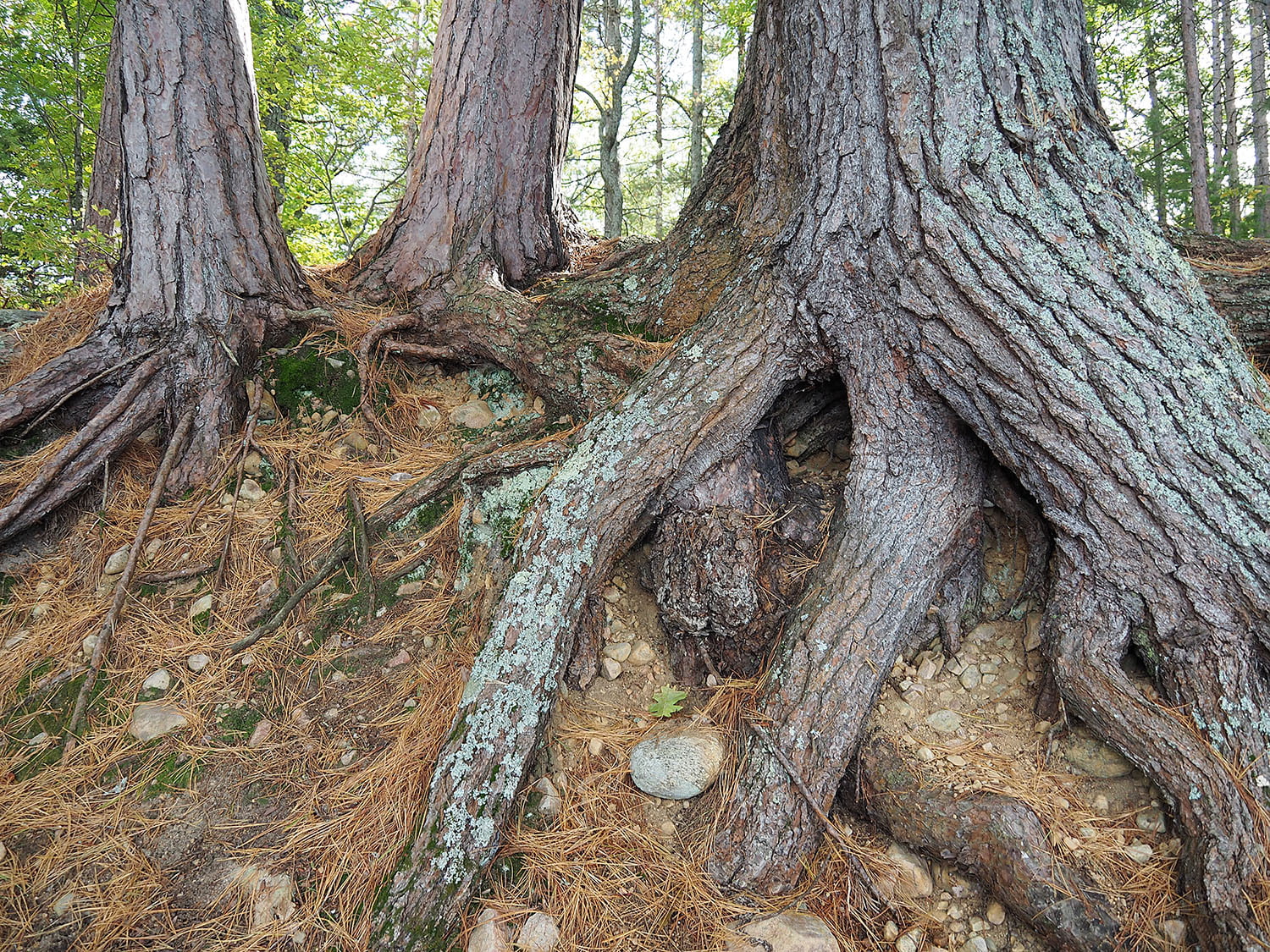
At a time when campers often complain about the busy roadways and the lack of campsite space, we’ve found that looking a little past the big names and embracing the smaller parks and the quieter routes can have a big payoff.
Pull out your maps, plot a course for the Ottawa Valley, and be guided by the words of author Susan Magsamen: “Look for chances to take the less-travelled roads. There are no wrong turns.”
For more travel tips and guides, sign up for the Explorer RV Club newsletter or keep an eye on our blog!

